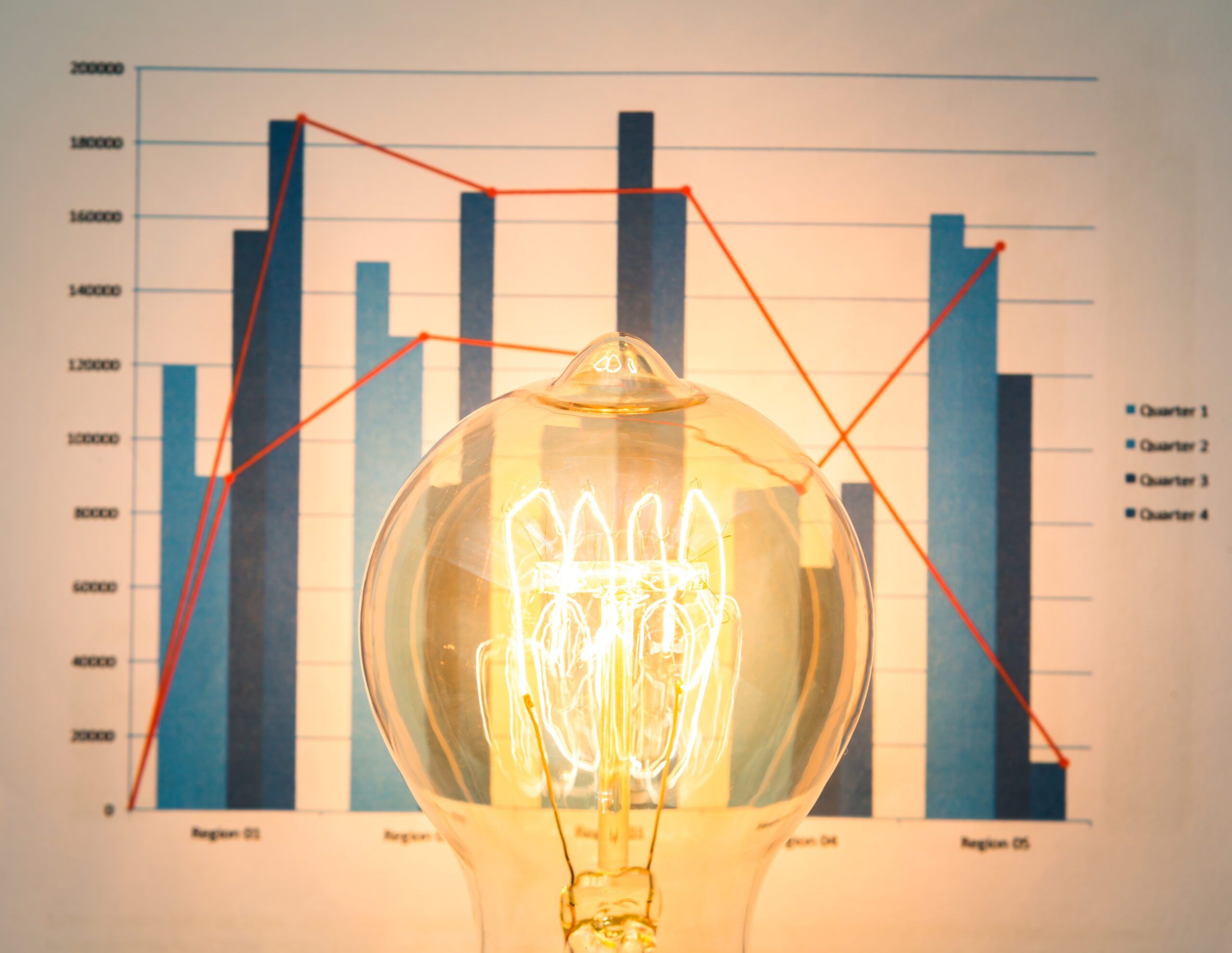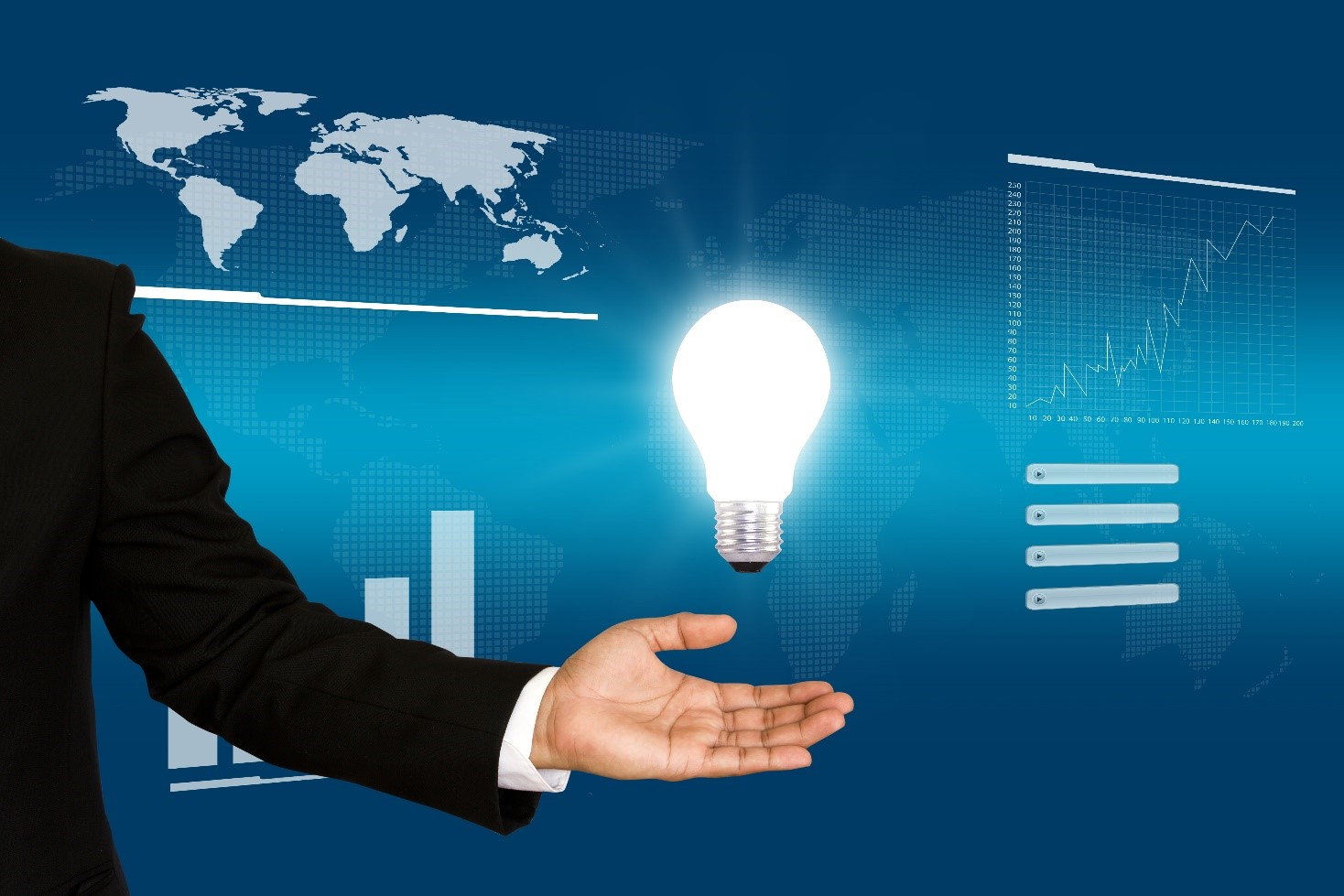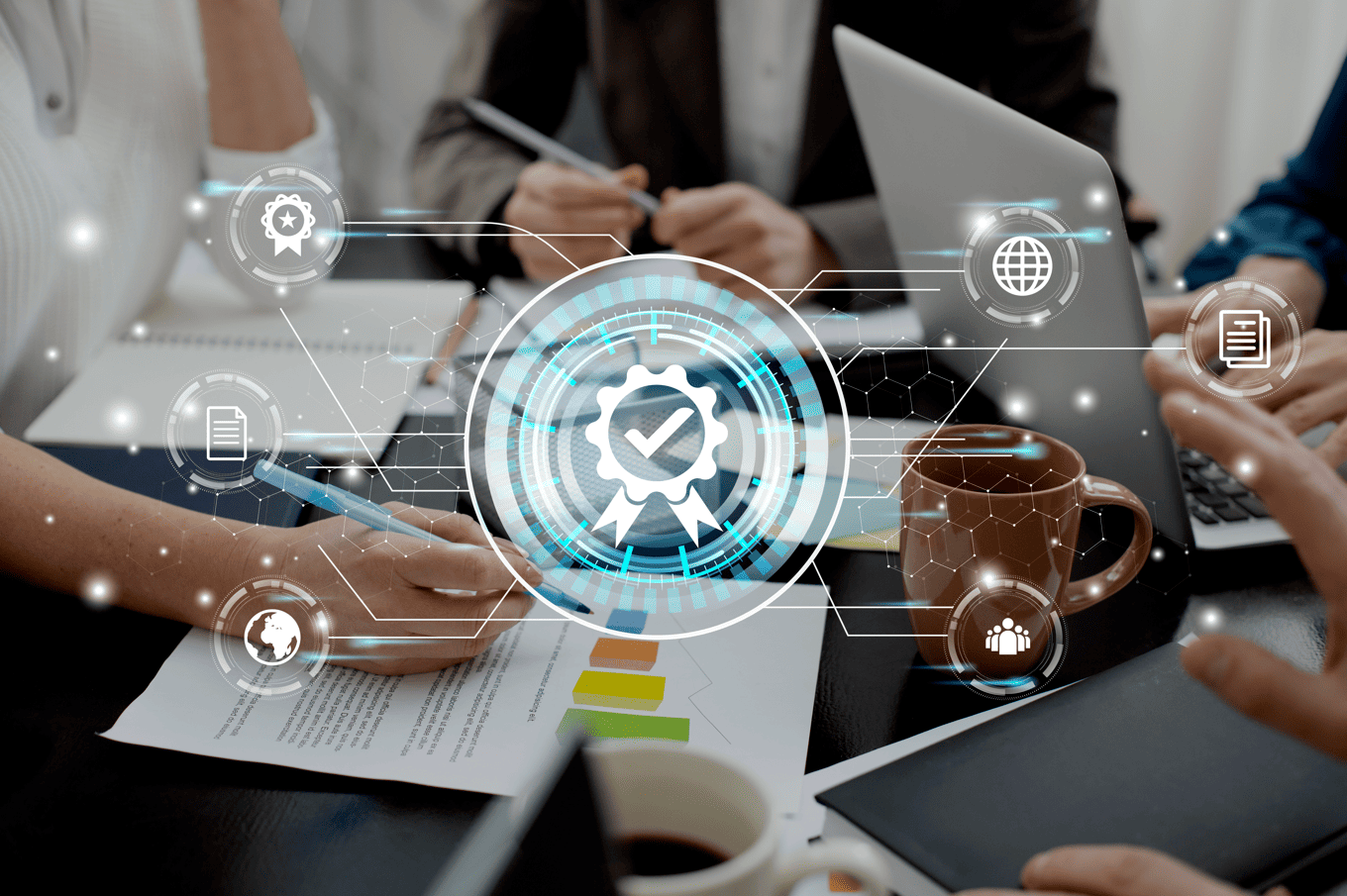
Energy Audits and Smart Lighting: How Modern Lighting Supports Compliance and Efficiency
Companies today face an increasingly complex regulatory framework: energy audits, detailed reporting requirements, and ESG objectives. In this context, lighting can become a strategic ally, going beyond the simple task of illuminating spaces.
What auditors verify
During an audit, auditors focus on:
- Measurement and traceability of energy consumption
- Consistency between lighting levels and operational activities
- Compliance with safety and visual comfort regulations
Without reliable digital tools, producing verifiable and historical data becomes difficult and risky.
Smart lighting as an operational tool
A smart lighting system automatically records consumption, generates detailed reports, and can integrate with energy management platforms. This enables companies to:
- Produce certified data for ISO 50001 and CSRD
- Prevent anomalies or malfunctions before they become critical
- Support planning for optimization and maintenance interventions
A smart system turns data into valuable evidence that supports strategic decisions and corporate reporting.
Practical and strategic benefits
The adoption of intelligent lighting allows companies to demonstrate with certainty:
- Continuous improvement
- Reduced consumption and emissions
- Operational efficiency and safety
Even targeted lighting optimization actions can generate significant savings while improving comfort and production continuity. Smart lighting thus becomes a concrete lever to transform lighting from a technical cost into a strategic management tool that supports regulatory compliance and contributes to greater efficiency and sustainability.







